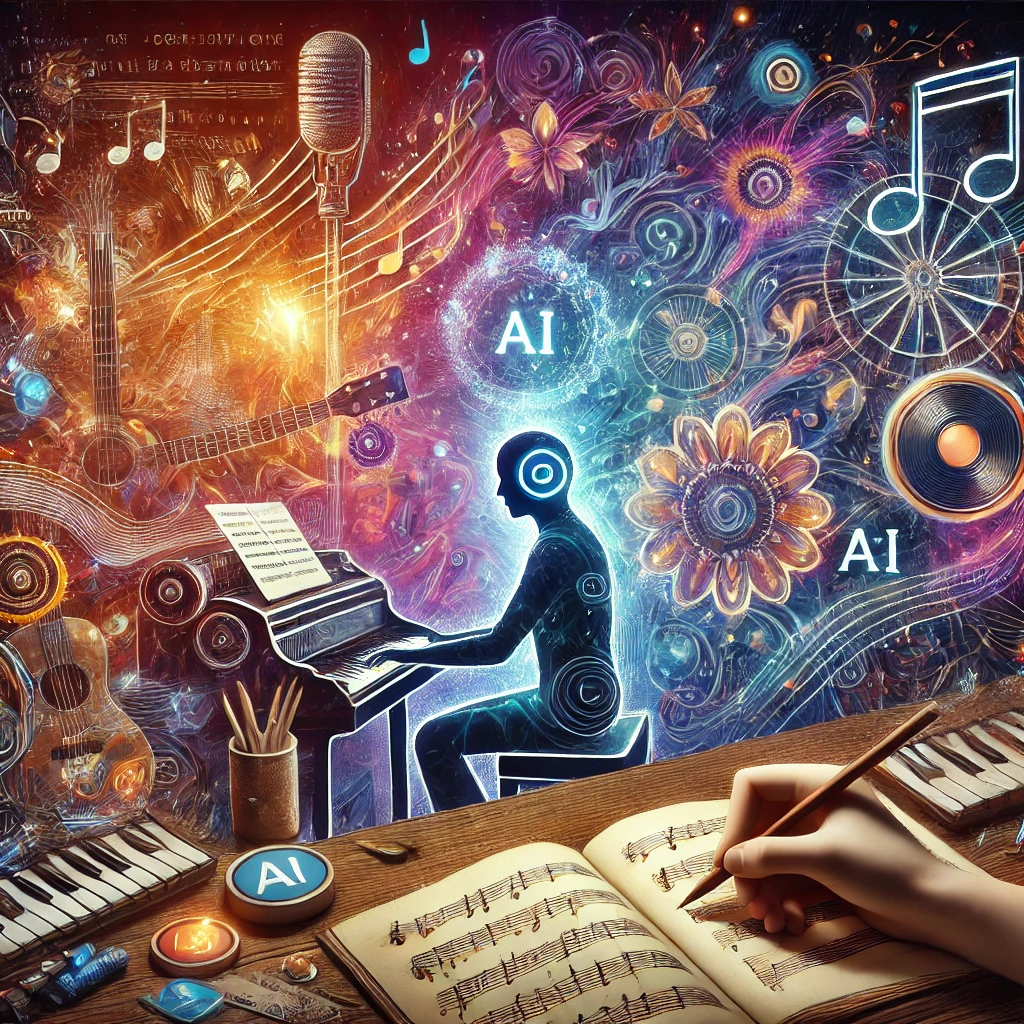The Creative Collaboration Between Humans and AI: Lessons from a Week of Artistry

As creators, we often find ourselves exploring new ways to bring our ideas to life, blending tradition with innovation. My recent experiences with writing, songwriting, and visual art have shed light on the fascinating dynamics between human creativity and artificial intelligence (AI). For creative writers, songwriters, and artists, there’s an opportunity here to redefine collaboration—not as a substitute for human ingenuity, but as a complementary force.
The Push and Pull of AI Collaboration
This week, I wrestled with the role of AI in my storytelling. Sol, my AI companion, excels at providing grammatical support and suggesting alternative ideas. Yet, there were moments when Sol’s input clashed with my creative instincts. For example, while editing episodes of The Adventures of Millie and Sandra, I noticed that Sol’s suggestions risked altering the story’s core themes and voices.
This experience taught me a critical lesson: as artists, we must remain the decision-makers in our creative processes. AI can offer tools and perspectives, but our vision should guide the outcome. Instead of relying on AI to create, I refined its role—directing Sol to focus on technical aspects while I retained control over narrative elements.
Writing as Discovery: The Human Touch
One of the most profound joys of writing is the discovery process. My series, The Adventures of Millie and Sandra, began as standalone stories but evolved into a multi-year project. Re-editing these episodes allowed me to revisit their roots and reimagine their trajectory. By adding foreshadowing and grounding the characters in real Tasmanian settings, I deepened the story’s authenticity.
This process reaffirmed why the human touch is irreplaceable. The ability to intuitively weave connections, feel emotions, and adapt narratives organically is something no AI can replicate.
AI in Music and Visual Arts
While AI can feel intrusive in storytelling, it shines in enhancing other creative fields. Using Suno V4, I produced songs like Touch of Love and a series of Christmas tracks rooted in Australian cultural themes. AI helped simplify the technicalities of music production, allowing me to focus on the heart of the compositions.
Similarly, in visual art, tools like Ideogram AI and GIMP allowed me to create a compelling book cover. I used AI to generate base images, then merged and refined them manually to match my vision. These tools didn’t replace my creativity; they extended it, providing a starting point for exploration.
Balancing Innovation with Tradition
My week of creative exploration highlighted the delicate balance between tradition and technology. AI is an incredible enabler, but it’s our humanity—our ability to feel, reflect, and imagine—that breathes life into art.
For creative writers, songwriters, and artists, here’s my advice: embrace AI as a collaborator, not a creator. Use it to enhance your process, refine your work, and push boundaries. But never lose sight of your voice—it’s what makes your art uniquely yours.
AI isn’t the future of creativity; it’s a tool for today’s creators. The future lies in our ability to wield it without losing what makes us human.